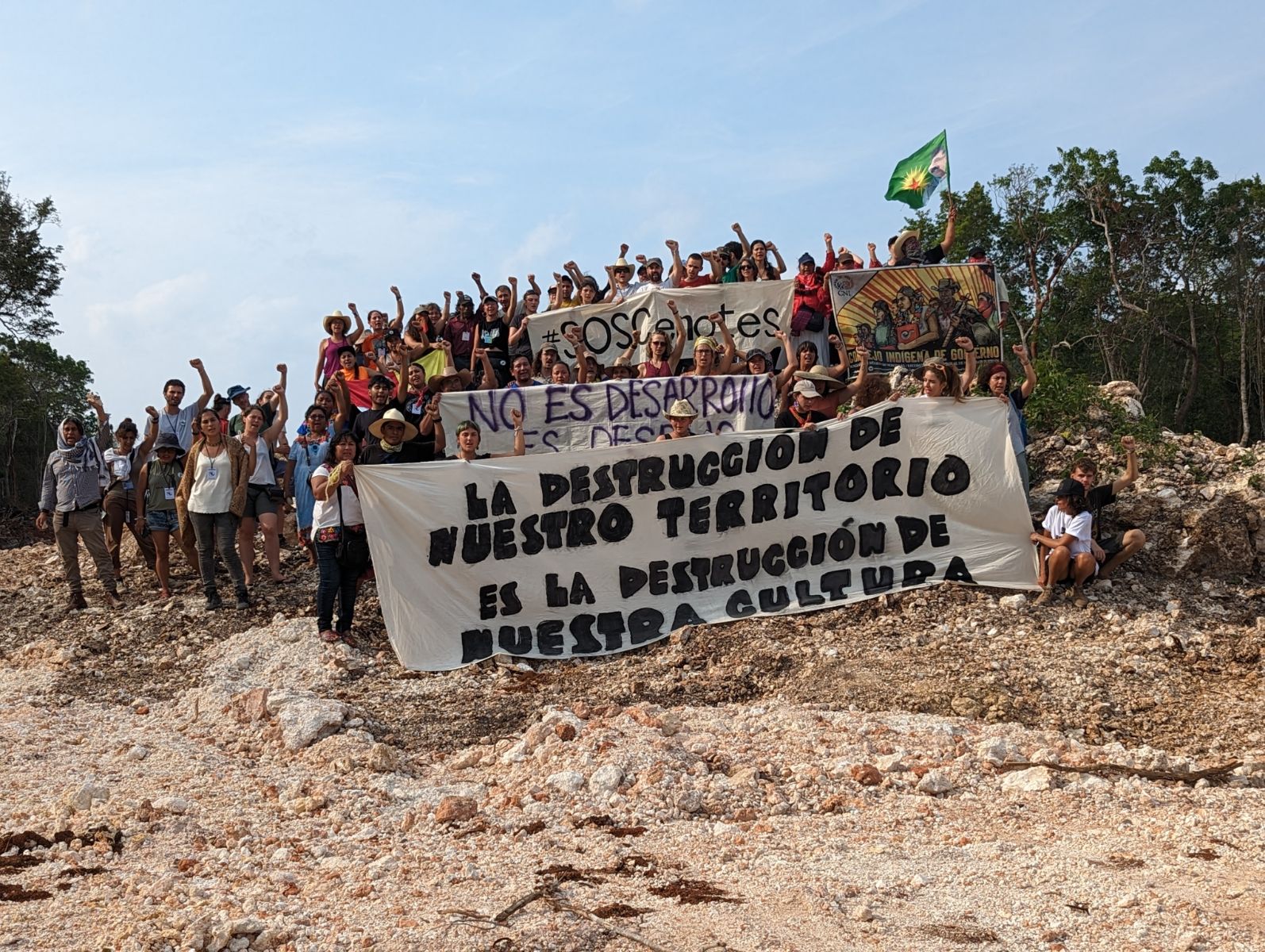
The San Francisco Bay Area in California, United States, is well known for being home to technology companies such as Google and Facebook. However, just a few miles away, in the city of Oakland, is the Zapatista education and information center known as the Chiapas Support Committee, which is standing up to them.
